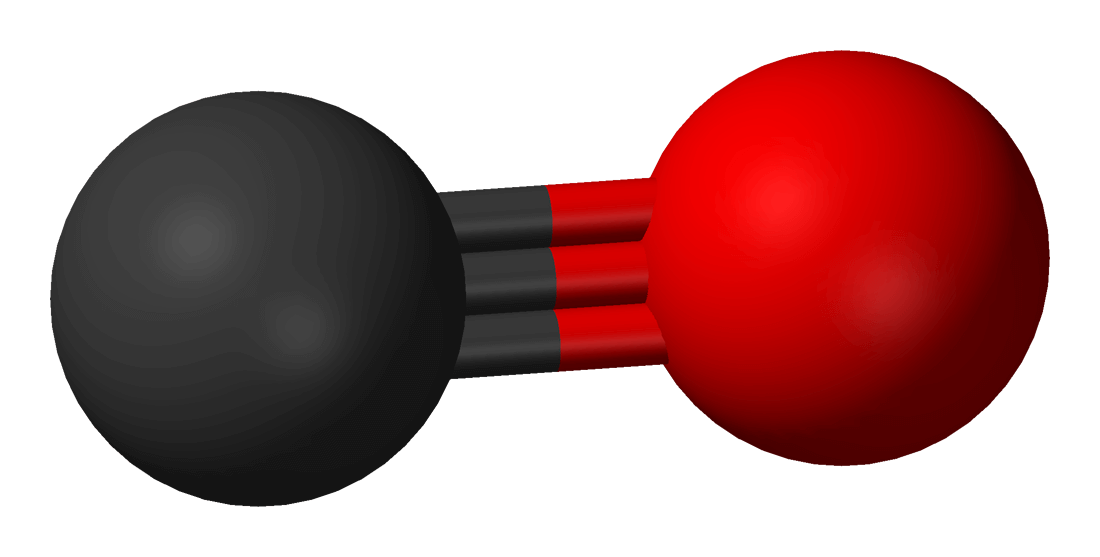Carbon Monoxide Talk

How does a one-time CO reading really give us enough information to verify that a piece of equipment is operating safely? There is actually a breathtakenly large amount of information that is available in watching carbon monoxide readings... is truly amazing. One thing that holds true about proper combustion is How does a one-time CO reading really give us enough information to verify that a piece of equipment is operating safely? There is actually a breathtakenly large amount of information that is available in watching carbon monoxide readings... is truly amazing. One thing that holds true about proper combustion is that the longer a piece of equipment burns, the cleaner the burn should get. This is critical to remember when using CO readings as a diagnostic tool; the burn should always get better, not worse. If the burn gets worse as the combustion process continues, there are more underlying problems that need to be uncovered.
Let’s compare CO testing to watching your favorite sporting event; you want to watch from the beginning till the end. CO testing should be no different; the entire cycle of the equipment needs to be watched from beginning till end. If you’re only able to watch a couple of minutes in the middle of the game, you won’t know what happened during the rest of the game. You only got a quick glimpse of what occurred during that period that you were able to watch. This is what is occurring on a daily basis if a one-time CO test is taken; the rest of the game is being missed.
You might be wondering exactly what it is I am getting at and it goes back to how the burn should get cleaner as the combustion process continues. When a piece of equipment is operating safely and properly the CO readings should be stable and stay in a range of acceptable levels. This tells us that the flue gases are leaving the equipment properly and that combustion air is making its way into the burner compartment. Smoke testing the draft hood can’t tell us if this is occurring as it only shows if room air is moving up the flue.
The CO numbers should never go up or continue to climb once the initial components have warmed up, if the CO numbers continue to climb the equipment is operating in a deteriorating condition. This pattern of numbers tells us that the combustion process is breaking down inside the equipment itself. The flue gases are not leaving the heat exchanger and combustion air is not making its way into the burner compartment when rising CO numbers are present. Rising CO numbers are one of the most dangerous and overlooked conditions in CO testing and it cannot be uncovered with a one-time CO test.
The reason this condition is so dangerous is that you have no idea of where the CO numbers will stop, they is no stabilization point. There have been many instances where rising CO numbers have gone from numbers that would look acceptable in a one-time CO test to very dangerous CO numbers in just seconds due to the deteriorating condition inside the equipment.
It doesn’t take as long as you would think to uncover this problem if it exists; watching the pattern of the CO numbers will reveal if this problem is present. The next time you perform a combustion safety test watch the whole combustion process instead of just a portion of it. You might be surprised at what you find.


